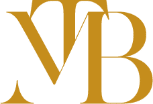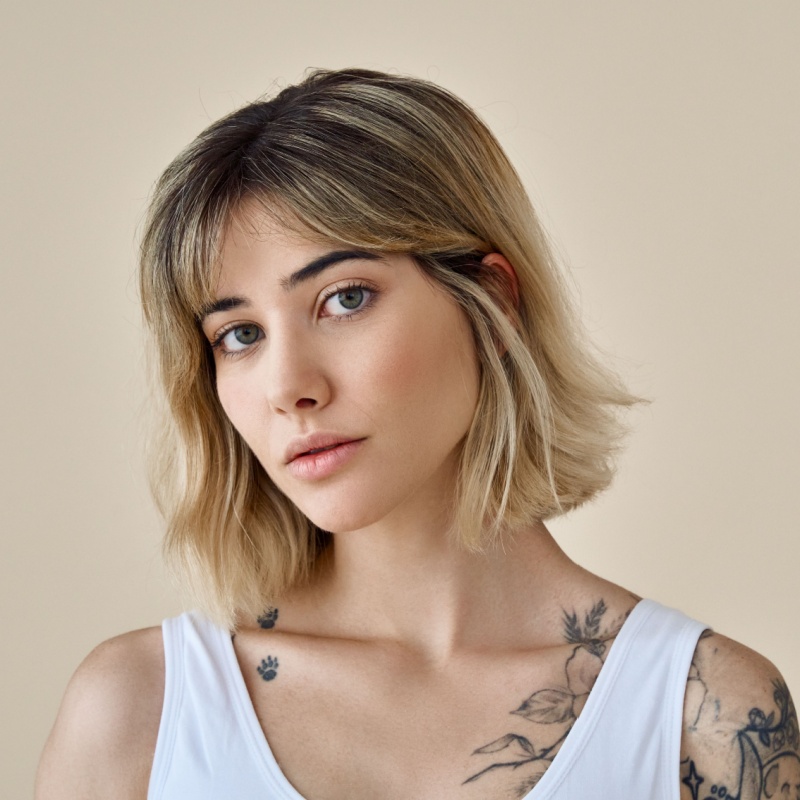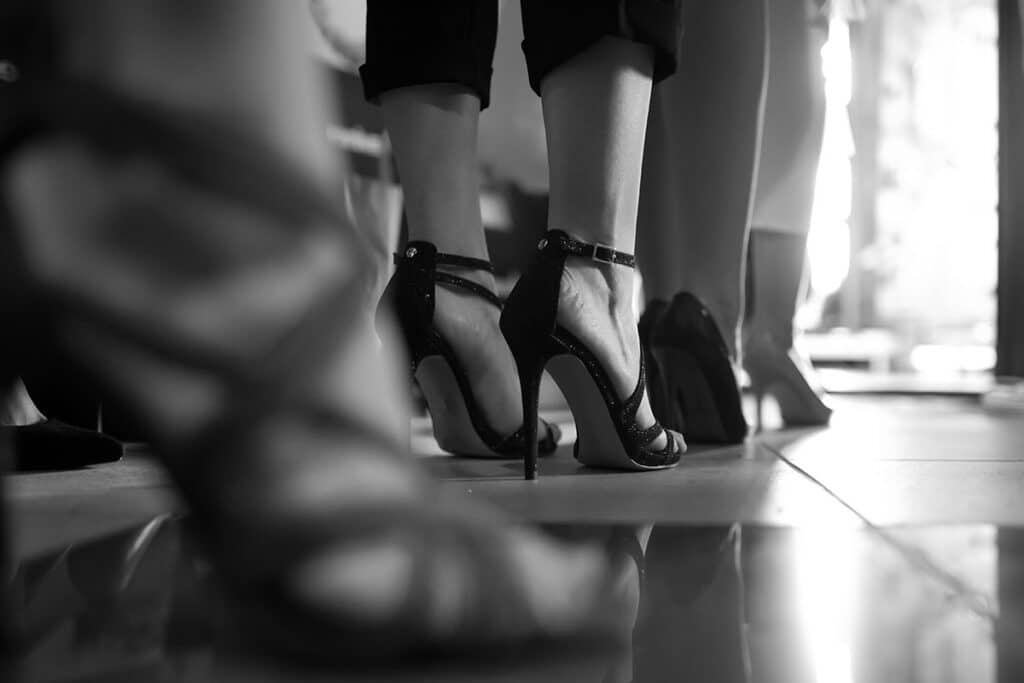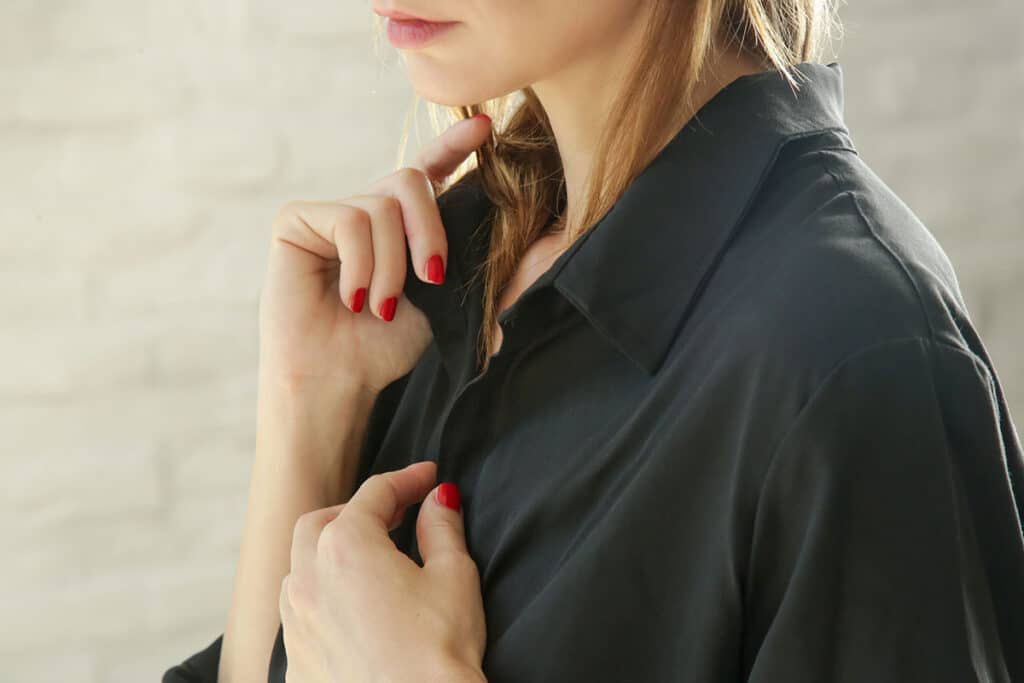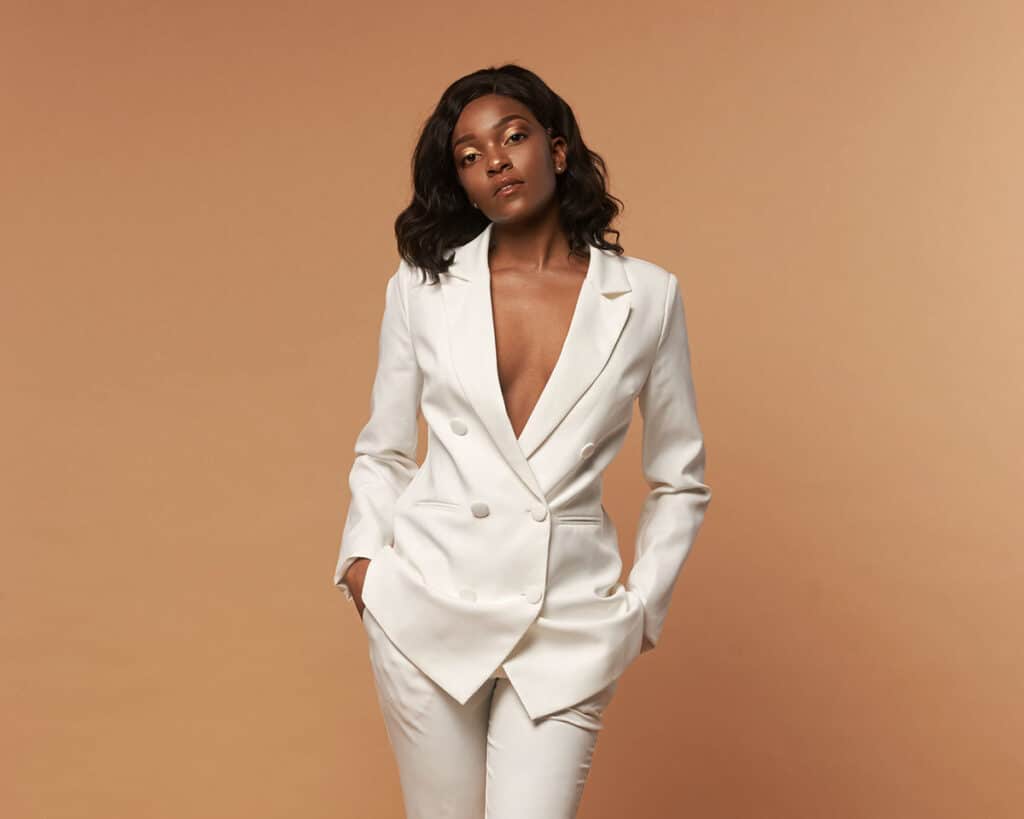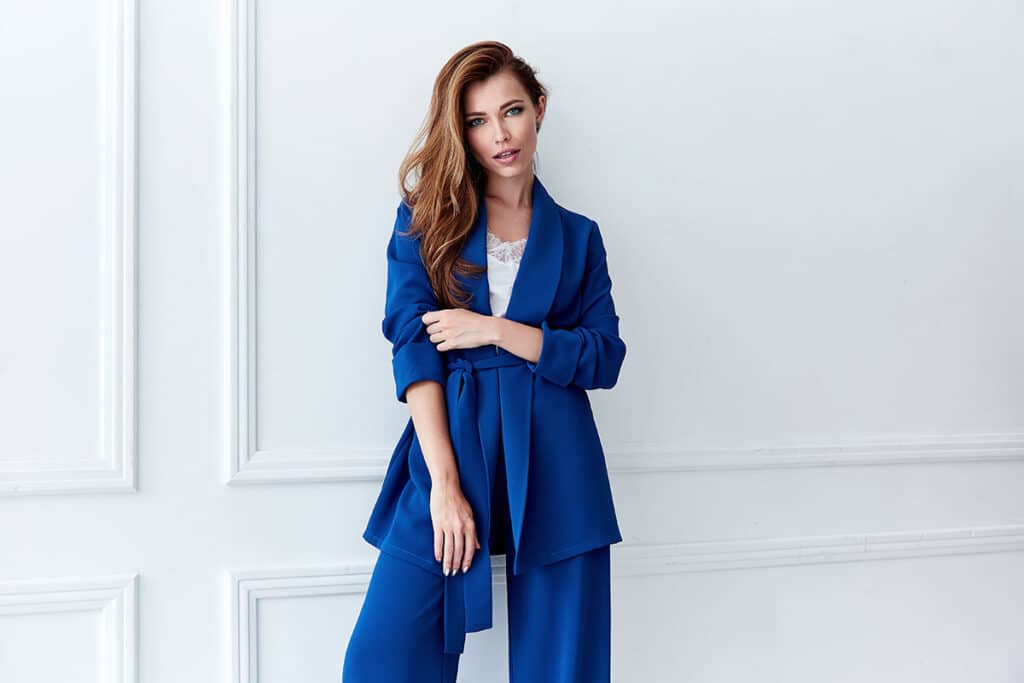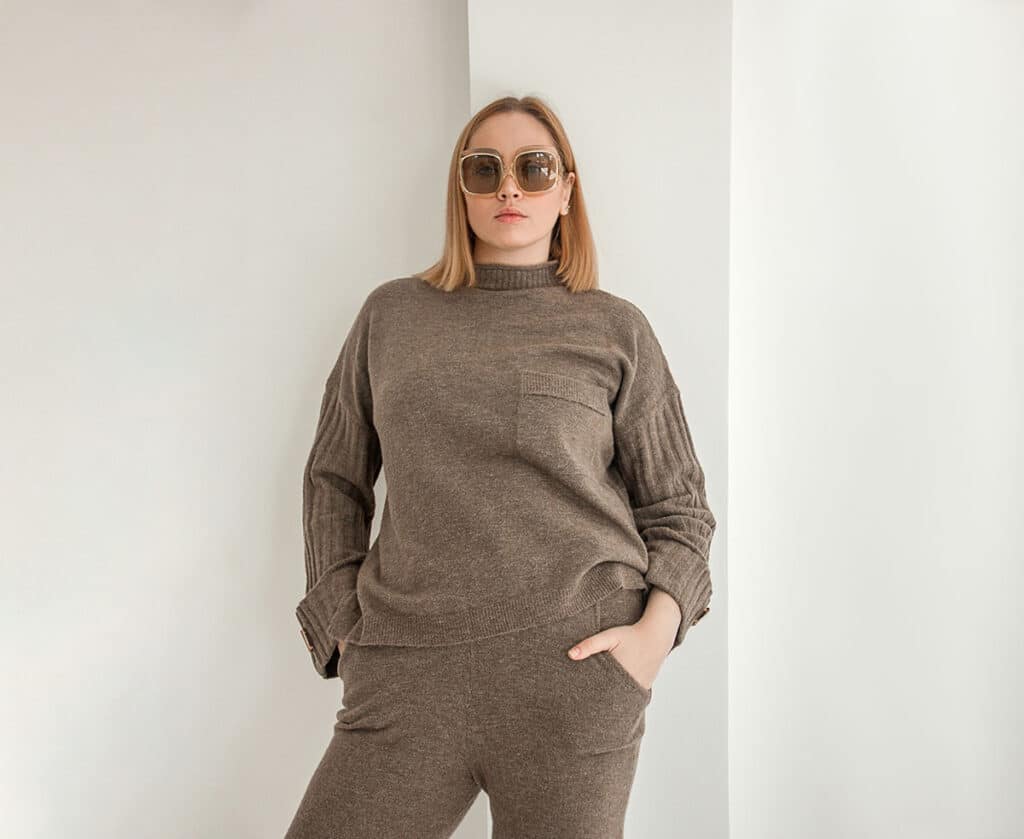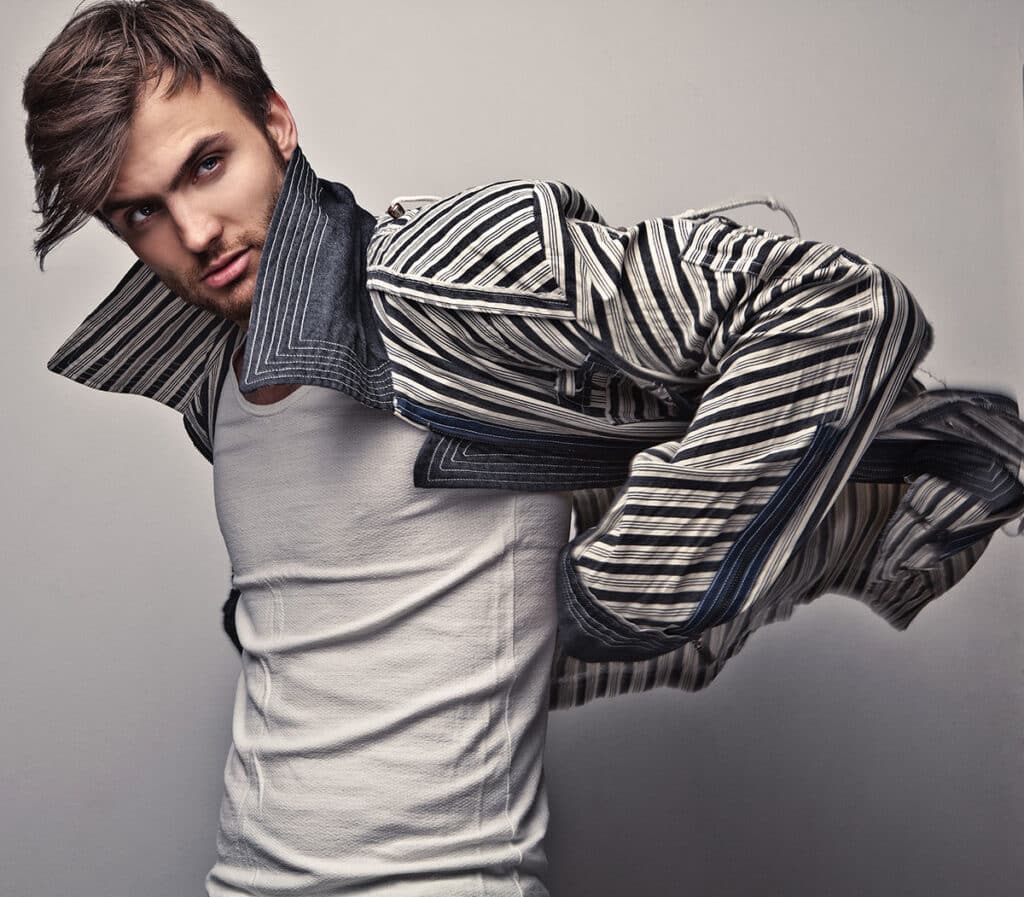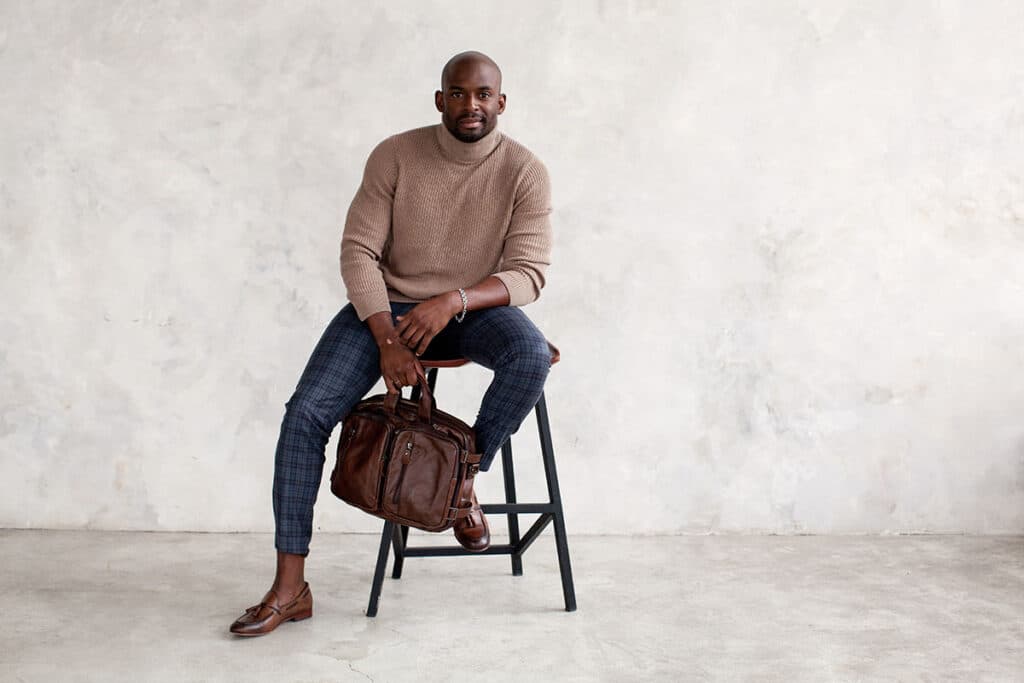Everything You Need to Know About Plus-Size Modelling
No Comments • Uncategorized • By Melissa
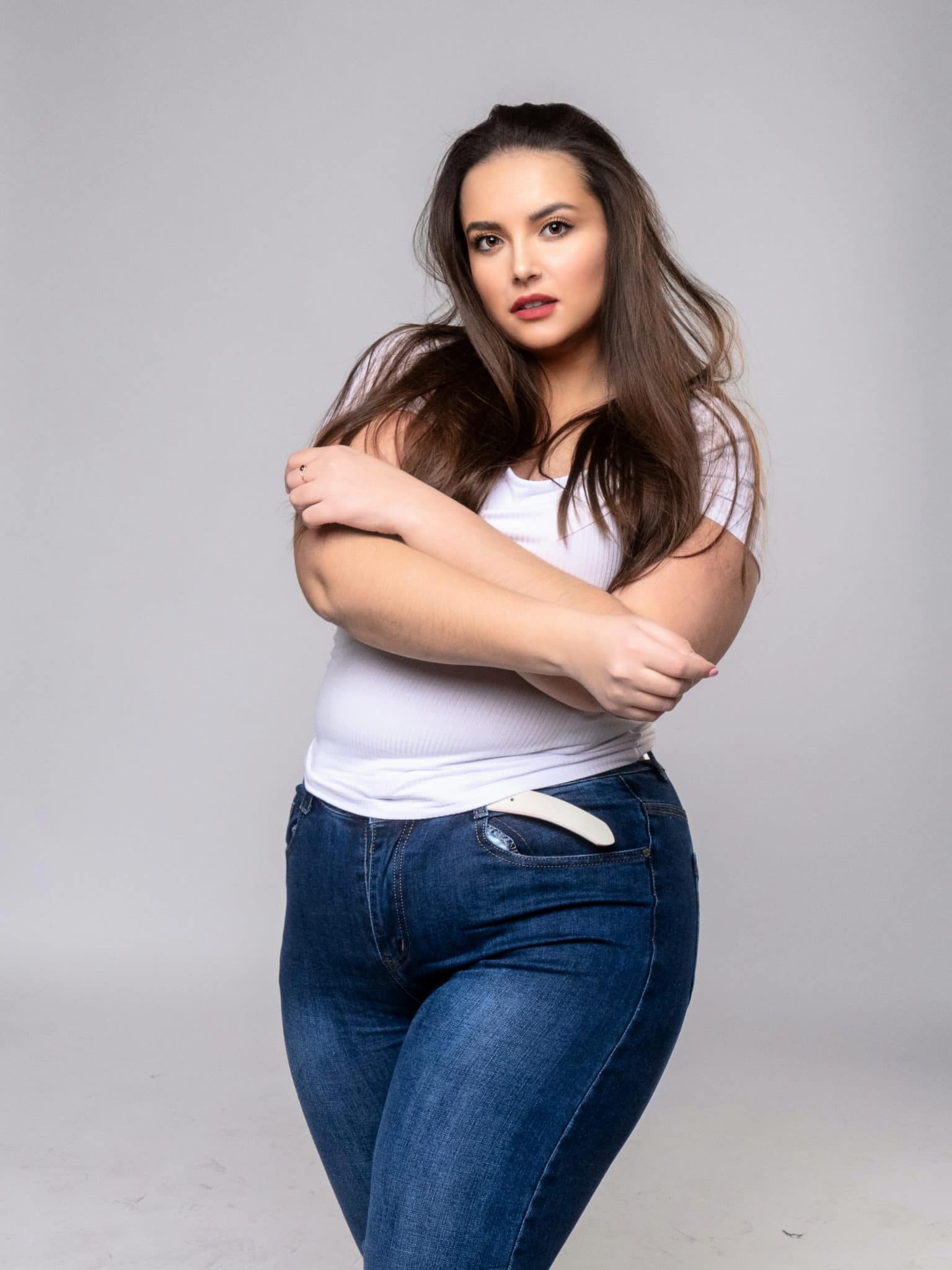
Plus-size modelling has become a popular niche of the modelling industry. As diversity and body positivity grow, so does the demand for curvier models who are required to cater to a plus-size audience.
That doesn’t mean plus-size models have it easy; on the contrary, they face the same difficulties as other models (along with some additional negativity). And plus-size still has a long way to go in high-fashion; it will be a while before a UK size 12 is commonly seen on runway shows.
What is Plus-Size Modelling?
A plus-size model refers to a model who is usually over a UK dress size 14, though each niche of modelling has different opinions on what plus-size really is. The high fashion industry sees anyone over a size 8 as “plus-size”, while the more conservative catalogue/commercial modelling industry sees models over a size 14 as plus-size. Unfortunately, premium brands still have a long way to go before they have the same inclusivity seen in commercial modelling.
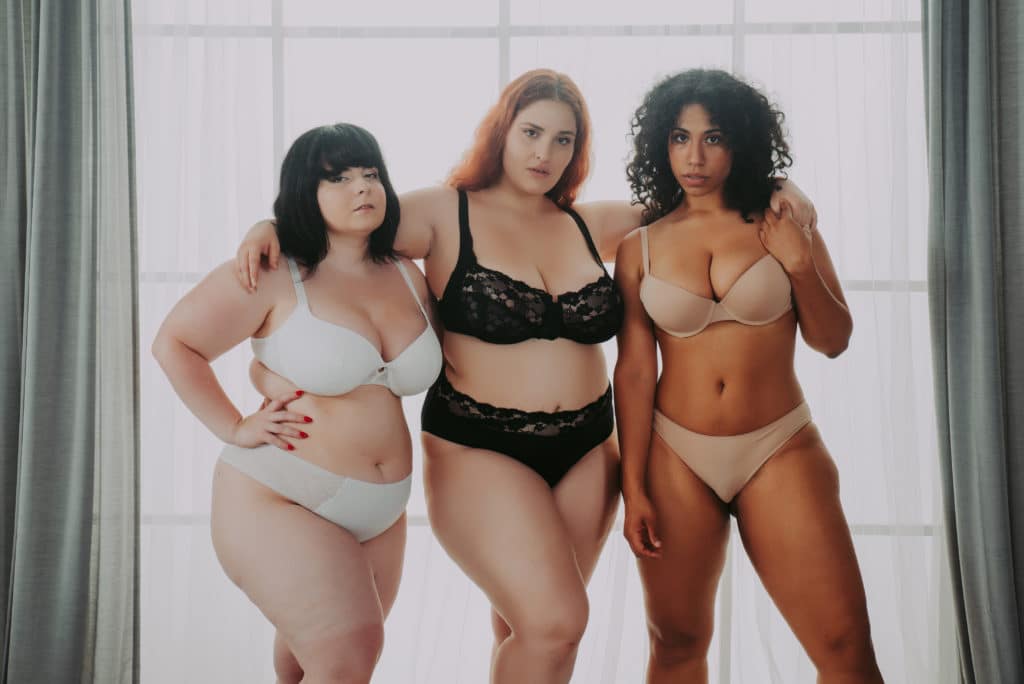
Famous Plus-Size Models
– Ashley Graham
– Candice Huffine
– Tess Holliday
– Paloma Elsesser
– Iskra Lawrence
– Robyn Lawley
– Denise Bidot
– Naomi Shimada
– Jill Kortleve
– Vivian Eyo-Ephraim
– Tara Lynn
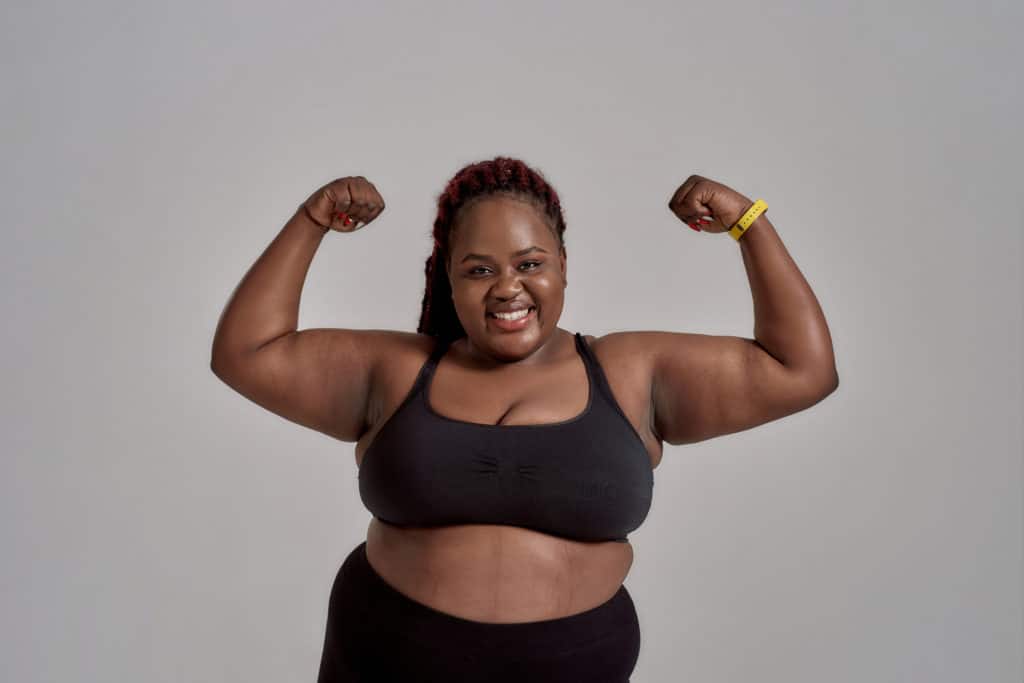
Requirements for Plus-Size Models
While there is no specific rulebook for what is required for plus-size modelling, there are certain things that will certainly give you more of an edge:
– A proportional, hourglass figure (having a bust and hips measurements that are fairly similar, and a smaller waist)
– An attractive smile
– A strong jawline and good bone structure
– A height of over 5’8″
Of course, there are always those who break the rules entirely and still manage to succeed, so don’t be put off if you don’t have all or even one of the above. If you have the right attitude and a strong presence, you may likely grab the attention of an agency or brand.
Do you want to be a plus-size model? Register with us today – it’s free!
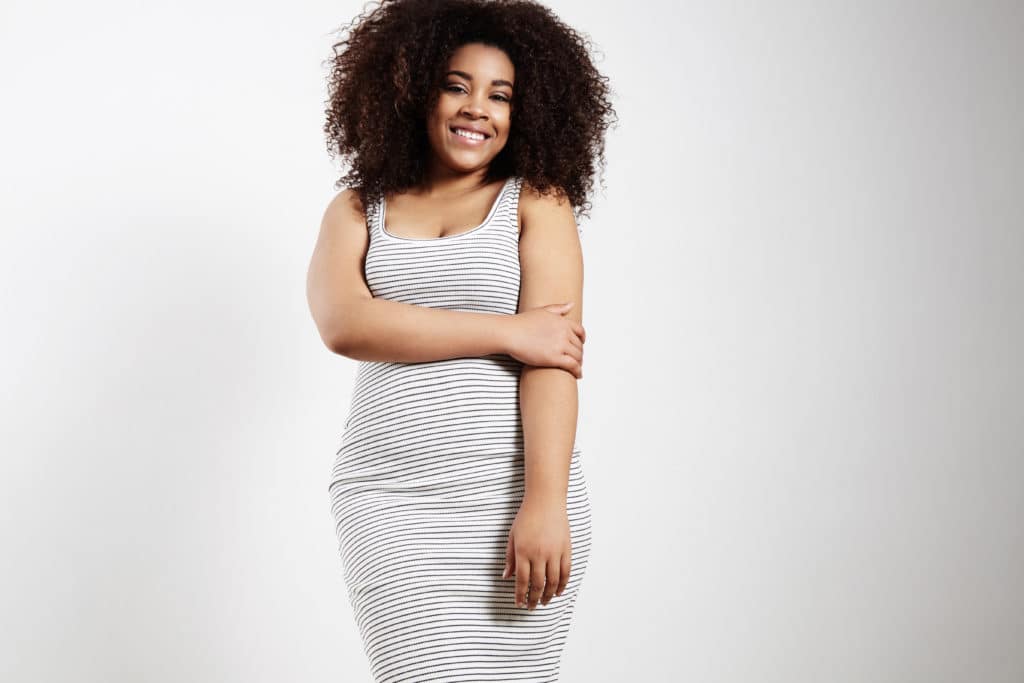
Plus-Size Modelling Agencies
Because of the rise in plus-size, there are plenty of modelling agencies out there who sign curvier models. In fact, there are many that cater solely to plus-size models, meaning their expertise in that area will be greater than those who have a sub-section for their plus-size models.
You need to find a modelling agency who you like the look of. There are thousands out there and each will have a different way of doing things. Make a list of all the agencies who sign plus-size models and who you like the look of.
Next, it’s time to apply! You can find the application on their website and it is usually quick and easy to fill out. You will need to know your modelling statistics (your measurements), and you will also need some high-quality photos of yourself. These photos are really important – most agencies will take a quick glance at these before deciding whether to invite you to an in-person audition. You’ll only get to attach a few photos, so we recommend spending some time taking lots of photos and choosing the best of the bunch to apply with. Take some close-up beauty shots (wear minimal make-up so they can see your natural beauty shining through), and take some full-length shots so they can see your physique. For inspiration, take a look online at the sorts of photos successful models have applied with. Don’t copy them exactly, though – you want to appear capable and unique in your own right.
You will likely not hear back from many agencies you apply to. Don’t worry about this – all models face rejection during their careers, it’s a natural and unavoidable part of the process. Remember that you can apply to as many agencies as you want, as many times as you want; a good rule of thumb is to re-apply every 6 months or so.
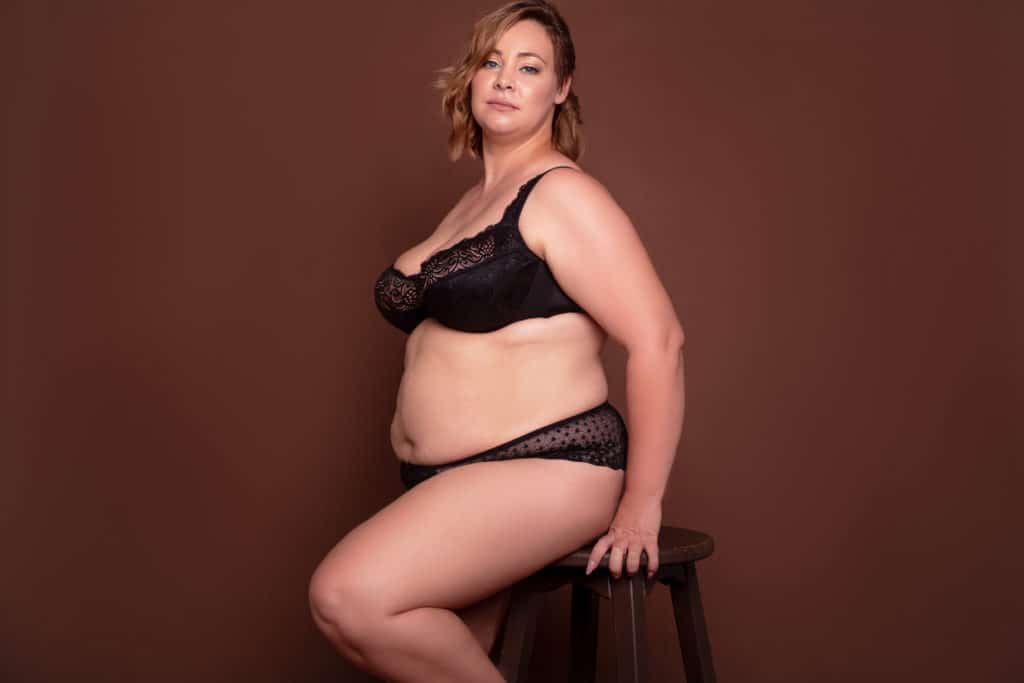
Your Modelling Portfolio
All models have a modelling portfolio and it is a vital tool for helping you gain work. As an aspiring curve model, your modelling portfolio should reflect the niche of modelling you want to enter into. It should only contain your absolute best photos – a maximum of 20 should be within your portfolio.
Include as much variety in your photos as possible – you want to show agencies and brands you range. Remember, they’re looking for a model who will get lots of work. That means they need to be able to visualise you working for lots of different brands, and wearing lots of different looks. Find inspiration looking at different advertising campaigns and editorials in magazines like Vogue and Harper’s Bazaar.
You should update your portfolio constantly. If you have yet to find any modelling work, you should think about hiring a professional photographer to take photos of you. This photo shoot will provide you with the photos for your portfolio as well as the opportunity to practice in front of the camera.
Your portfolio will also have your modelling measurements in it. These include:
– Your name
– Your address/contact details (or the address/details of your modelling agency)
– Your height
– Your clothing size
– Your bust-waist-hip measurements
Make sure you measure yourself regularly and update your portfolio if there are any changes.
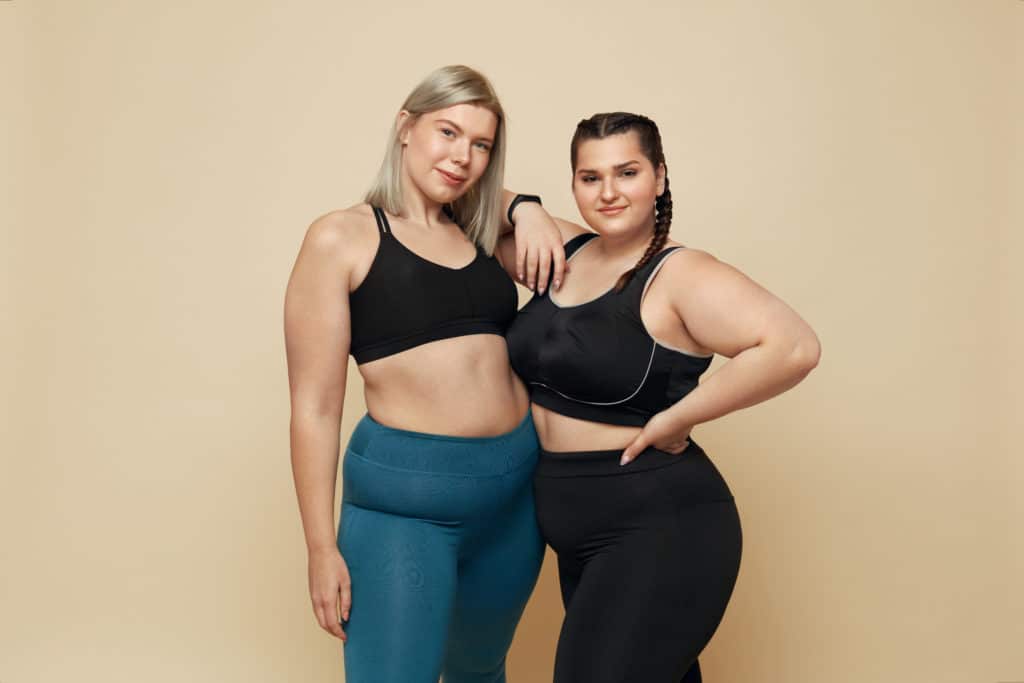
Social Media for Models
Social media is a great tool for an aspiring model. Instagram in particular allows models to build a fanbase and attract the attention of brands and agencies from the comfort of your own home.
Due to its popularity, it can be quite difficult to build a fanbase quickly on Instagram nowadays. Post consistently and ensure your images are high quality. Engage with different accounts and try to increase your post engagement. The better your photos, the more chance you have of increasing your followers. The more followers you have the more attention you will attract from brands and agencies. Some models even make their living by brand deals, endorsements and advertising campaigns they are paid to do on social media.
Remember to always ask the permission of the photographer or brand before posting any work photos.
